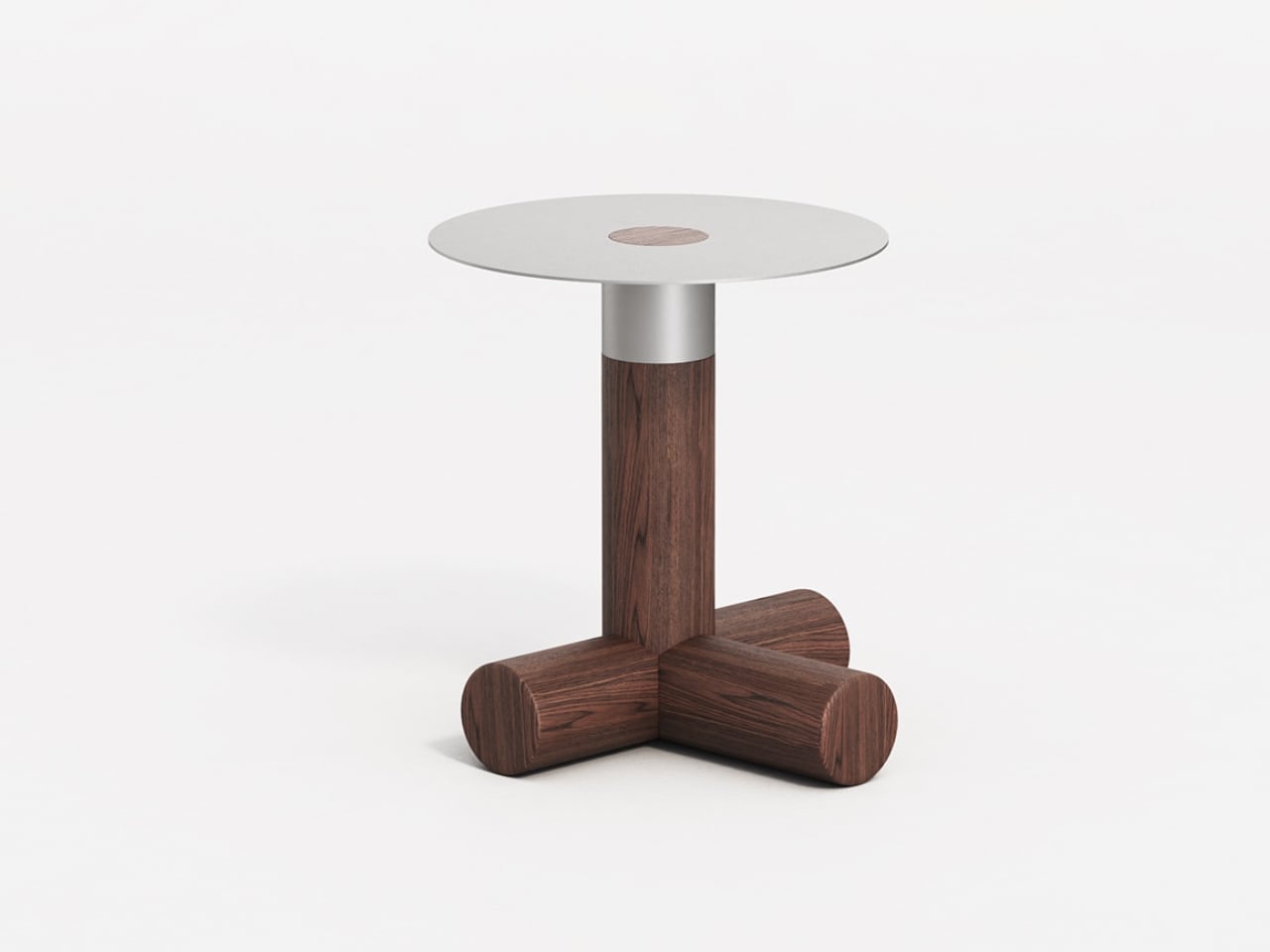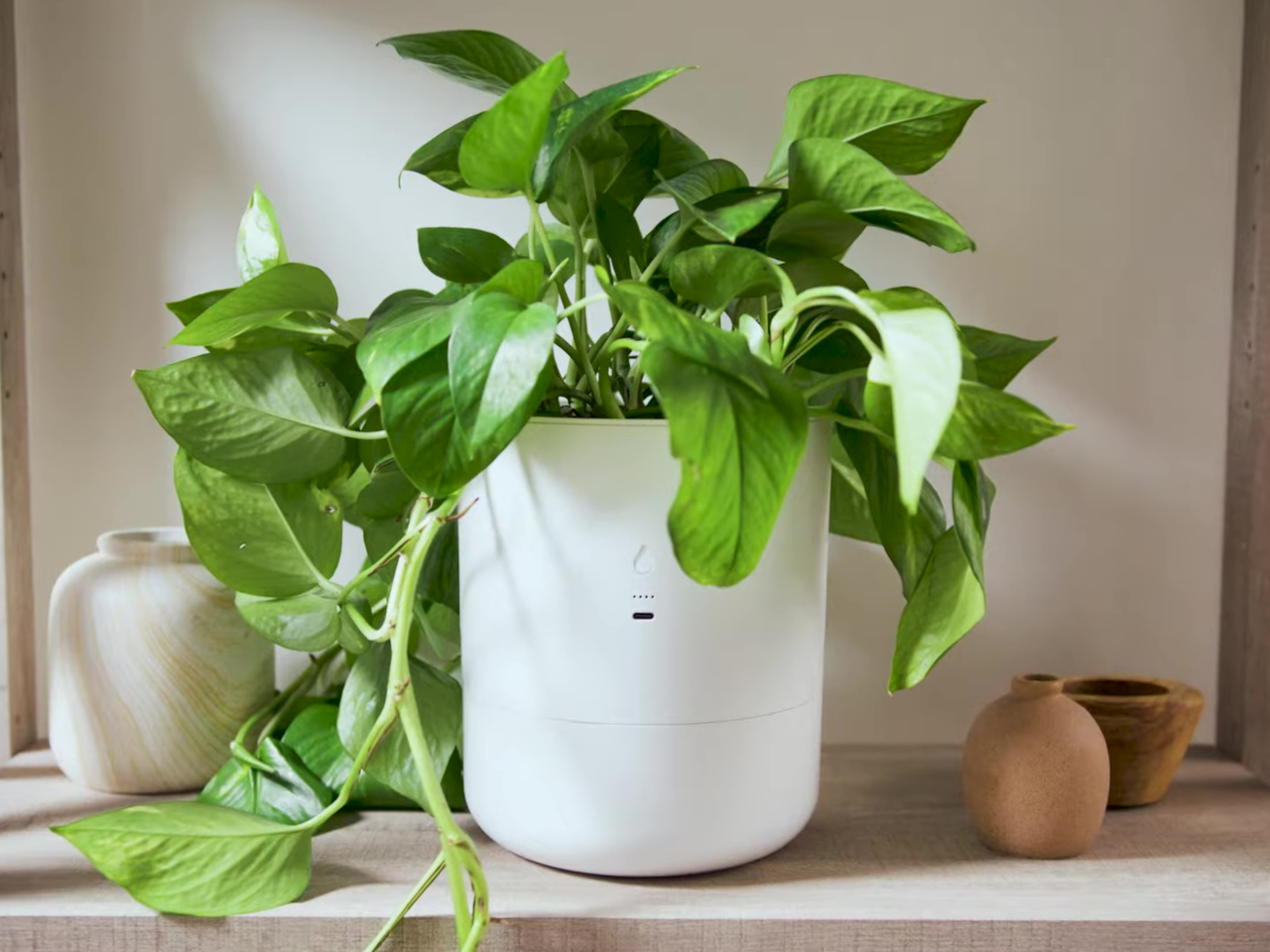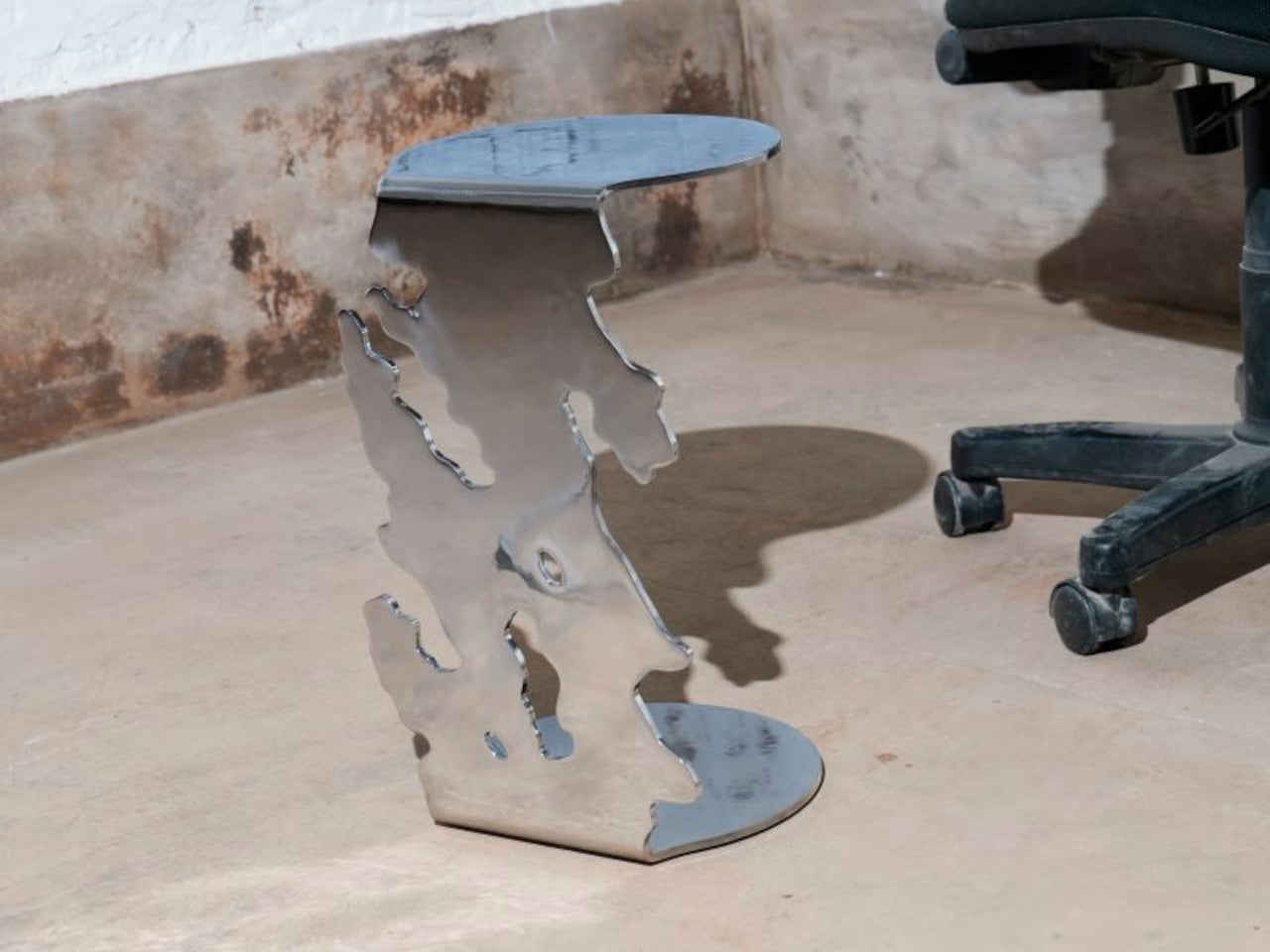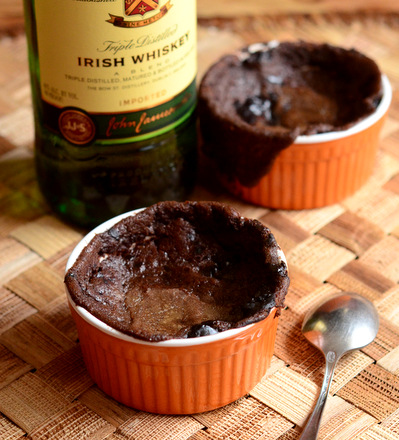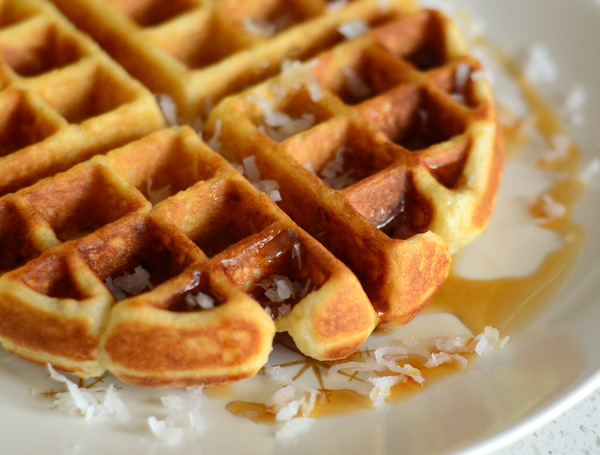How To Dry Citrus Peel
Citrus peel is a superhero ingredient. It is one of the strongest, most fragrant things you can use to build flavor in your cooking. This post shows you how to dry citrus peel. If you tend to have fresh grapefruit, oranges, or lemons around for juicing, don’t waste the peel. Continue reading How To Dry Citrus Peel on 101 Cookbooks

We buy loads of citrus every week to squeeze into fresh juice. It’s typically grapefruit, but I love to throw in an accent of whatever else looks special. Blood oranges are a favorite, lending the prettiest pink blush to our juice. And I’m physically unable to walk by a collection of Meyer lemons without bringing some home with me. If you’re juicing citrus at home, especially this time of year – when there are more varietals available than usual – take some time and peel your citrus before juicing. You can dry citrus peel in an oven and turn it into beautiful, fragrant citrus powder or a component in any number of homemade spice blends. I use it a lot in this citrus furikake.
How To Dry Citrus Peel: The Process
The process here is relatively simple, although there are a number of details that help immensely.
- You wash each piece of citrus – grapefruit, oranges, lemons, yuzu, etc. – are all fair game. Dry them completely.
- Peel each fruit with a good peeler aiming to get as much peel and as little white pith as possible in each strip. I like to use a sharp y-shaped peeler for this task.
- Place each citrus peel strip on a cutting board and use a paring knife to scrape any remaining pith from each strip of peel.

- Bake at low temp for a few hours or until citrus peel is dry and crumbly.

- Crush into desired sprinkle or powder with a mortar and pestle or blender.

Do I Need to Boil The Peels?
If you’re making dehydrated citrus peel or making, say, candied grapefruit peel (or candied orange peel) there’s a common method that instructs you to boil the peels. The idea is, boiling them removes the bitter pithiness. I’ve found if you carefully scrape any white pith from the peel, the fragrance and flavor is better (stronger, more direct and nuanced) if you don’t boil. It also generates more moisture (something we’re eventually attempting to get rid of), and likely diminishes some of the oils in the citrus skins. So, I generally skip boiling when dehydrating citrus peel.
What To Do with Dried Citrus Peel
When you crush dried citrus peel into a powder or sprinkle you have a fragrant, colorful, strong citrus component to work with. I like to use it in the following:
- Spice blends: Use it to add a citrus accent to homemade spice blends. This citrus furikake (link coming soon) is wonderful, good on so many things savory.

- Pie Crusts: Sprinkle a tablespoon into the flour when you’re making a flaky pie crust for a kiss of citrus in your pie crust.
- Cookies accent: Dried citrus peel works magic in buttery shortbread as well.
- Make it pretty: if you grind your dried citrus peels finely in a high-speed blender (or by hand in a m+p), you can sift the fine powder across anything from yogurt bowls to cinnamon rolls for a colorful, fragrant accent.
Homemade Spice Blends
- Homemade Bouillon
- Salad Booster
- Homemade Celery Salt
- 8 Homemade Spice Blends
- Za’atar
- Citrus Furikake
More Citrus Recipes
- Sunny Citrus Recipes
- Super Orange Citrus Rice
- 15 Inspiring Winter Citrus Recipes
- Glazed Lemon Cake
- Ginger-kissed Grapefruit Juice
- Grapefruit Curd with Ginger
Continue reading How To Dry Citrus Peel on 101 Cookbooks




































/cdn.vox-cdn.com/uploads/chorus_asset/file/24435316/STK150_Bing_AI_Chatbot_02.jpg)










![United Passenger’s Upgrade Mishap Sparks Seat Loss—Here’s the Critical Step to Avoid It [Roundup]](https://viewfromthewing.com/wp-content/uploads/2018/09/20170607_112204.jpg?#)








